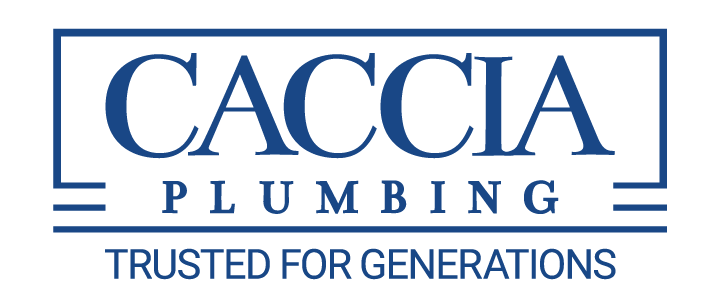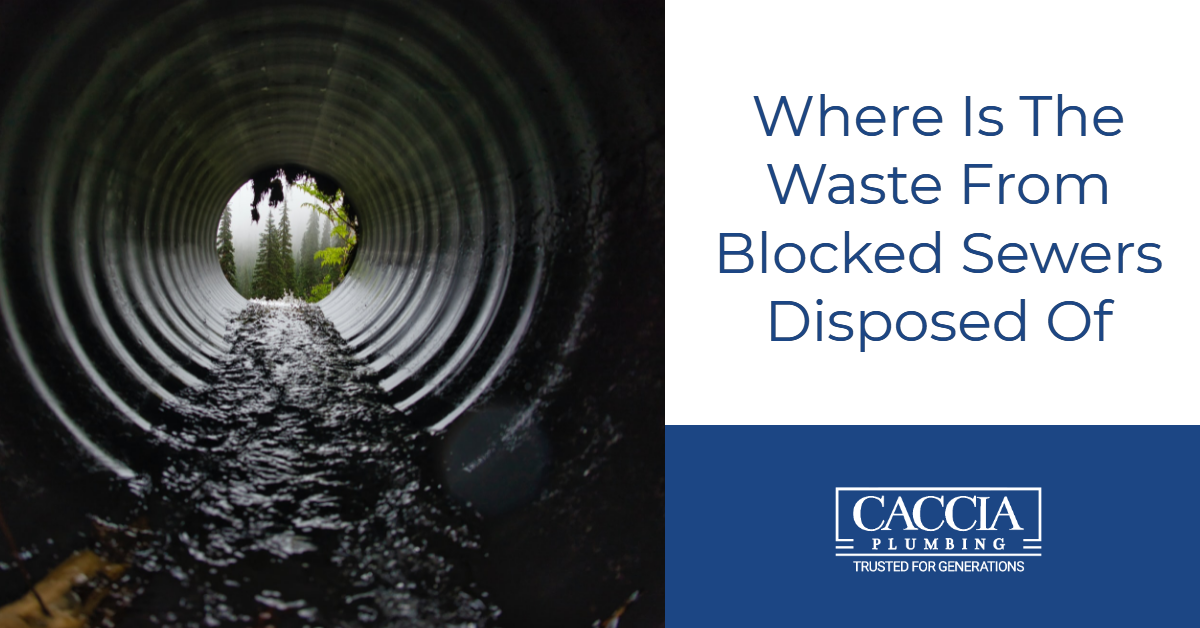Do you have a clogged or blocked sewage line? Do you know how to clean them and get rid of the odor they are producing? Do you know where is the waste disposed of? In this article, we will answer all these questions and give you all the answers that you are looking for.
Blocked sewers are an inconvenient condition to have. Not only does it stink, but it can also cause a variety of health problems.
If your sewers get clogged or obstructed, you will need to hire a professional plumber to unclog them, either using jets or a hydro vacuum system. Hydro vacuums are used to collect enormous volumes of trash, such as sludge or slime from construction sites, overflowing cesspits or drains, or clogged sewers.
Different Types of Sewers
When you think of sewage, you probably imagine a disgusting sludge running through the pipes beneath the road outside, and you wouldn’t be far off. However, there are different types of sewage systems, each with its own function for collecting waste and wastewater.
Sanitary sewers, storm sewers, and combined sewers are the three types of sewers. All three of these sewage systems play critical roles in ensuring that the waste we generate is appropriately transported and handled.
Sanitary Sewer System
A sanitary sewer’s primary function is to transport waste from residences and businesses to wastewater treatment plants. These systems are intended to manage human waste and readily degradable manufactured solids such as toilet paper and tissues. These systems are made up of miles of pipe, manholes, and pumping stations that move trash through the system.
These sanitary sewage systems function by transporting human waste from the home through tiny plumbing pipes to increasingly larger pipes outside until it reaches the main sewer line in the street. The sewage is then carried to a wastewater treatment facility, where it is processed and safely released to the environment.
Storm Sewer System
Storm sewers, also known as surface or runoff sewers, collect and transport rainwater, snowmelt, and irrigation runoff into storm drains in parking lots, roadways, and gutters. These drains are linked by a network of subterranean pipelines that transport the water straight to rivers, lakes, and other bodies of water without treatment at a treatment facility.
Unlike the sanitary sewage system, which transports trash to a treatment plant, the storm sewer system transports untreated runoff water directly into our environment. Every drop of water that enters the storm drain gets dumped into our rivers.
Combined Sewer Systems
These are exactly what they sound like: sewer systems. They are a hybrid of sanitary sewer and storm sewer systems. They are rarely utilized nowadays because of the possible health risks to individuals and the environment.
The way combined sewers function is that they gather all of the water from rain and snow into a pipe and then add human waste to the same channel. In a perfect world, this system would pump these mixed wastes to a treatment facility, where they would be safely returned to the environment.
However, during times of heavy rain or floods, these systems can back up and overflow, allowing untreated wastewater to enter the environment. As a result, hazardous diseases and contaminants can enter the environment, presenting a major threat to people’s health.
The Importance of Proper Waste Management
It is critical that any waste accumulated from a sewer be transported and managed properly. Sewage, by definition, is unsanitary. It must be transported and disposed of by an authorized business.
If sewage escapes onto a road or pavement, it may pose a health risk, and the situation may be exacerbated if it contaminates the local water source.
The California Department of Public Health outlines numerous accepted and safe sewage treatment methods.
As long as it is downwind, waste from a septic tank can be carried in sealed containers and disposed of at a landfill.
It must also be located away from water sources and any other community places, such as children’s playgrounds. However, liquid sewage may require greater care.
Sewage Dewatering Solution
There are several companies that provide sewage dewatering solutions. This can be handy if you have a large amount of waste to remove and wish to lower the volume, as treatment and disposal facilities sometimes charge by volume.
Sludge dewatering is done with a belt press to squeeze out the water, allowing the water to be treated separately and the trash to be buried or disposed of elsewhere.
Sealed tankers with huge capacities and strong pumps will transport sludge and sewage securely, with no leaks or concerns occurring during the operation.
If at all possible, avoid companies that utilize older tanks in favor of those that employ more current trucks outfitted with the most recent tanks, strong pumps, and huge hoses.
This implies that when garbage is transported to a disposal site or treatment facility, it can be emptied fast, simply, and correctly. Some tanks must be driven straight up to the dumping place and then slanted to dump the trash.
Some trucks allow the operator to park further away if necessary and pump the garbage out with a hose, reducing the danger of a mess or spillage.
Disposal in a Safe and Ethical Manner
The safe and ethical disposal of waste from clogged sewers should not be disregarded or scrimped on. Many bacteria may be found in sewage, posing a major health concern to both people and animals.
While it may be tempting to dispose of sewage in the same manner as other garbage, it is critical that the wastewater and sediments be treated to ensure that they do not damage public ground or water supplies.
However, if your skin comes into touch with sewage, it is critical that you carefully clean yourself to limit the risk of bacterial or viral illness.
Whether you need a septic tank emptied or a blocked sewer unclogged, it is critical that you contact a professional. They will be able to manage the volume of garbage you require, de-water it, and dispose of it at an acceptable location.
Professional Services with Family Values
As a family-owned and operated company in San Mateo County, we are dedicated to providing you with high-quality plumbing services at reasonable prices. Since 1979, we have proudly served people of San Mateo and San Francisco counties with honesty.
If you’re searching for a competent, certified, and insured plumbing company to assist you with your plumbing problems, James Caccia Plumbing Inc. is the business to call.

